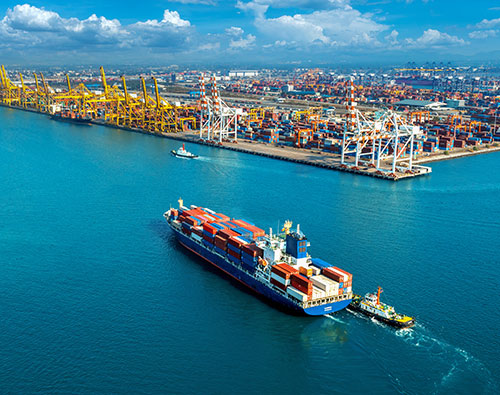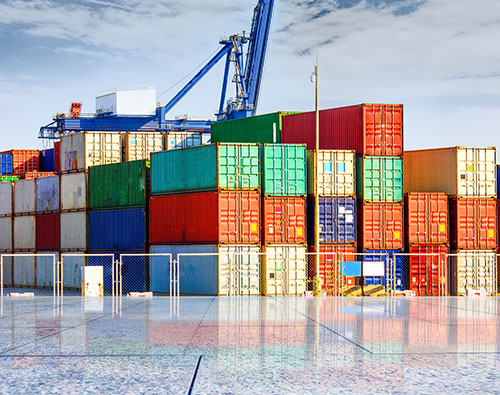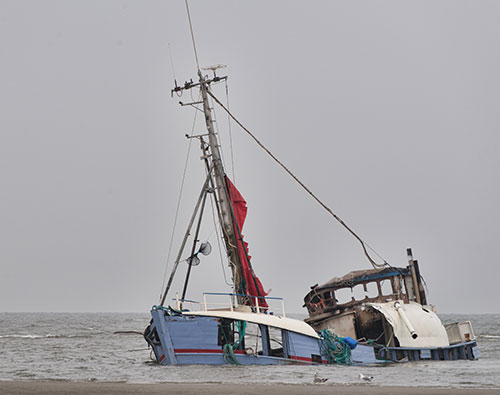MARINE INSURANCE POLICY
The fundamental principles of Marine Insurance are drawn from the Marine Insurance Act, 1963* As in all contracts of insurance on property, the contract of Marine Insurance is based on the fundamental principles of Indemnity, Insurable Interest, Utmost Good Faith, Proximate Cause, Subrogation and Contribution. Practitioners of Marine Insurance must familiarize themselves with the Act and uphold these Principles when negotiating Contracts and settling claims under the contract.


Types of Marine Cargo Insurance
a) Specific voyage policy: A specific voyage policy covers transportation of goods through inland transport, import and export for specific destinations.
b) Open policy/Open cover: An open policy or an open cover is an undertaking to cover all shipments/transits that will be made during the year. At inception the insurer will have only general details of the cargoes, estimated sum insured, voyages and the quality of vessels that will be used. Specific details are provided for each shipment in the order of dispatch or in the form of periodic declarations.
c) Annual Sales Turnover Policy An Annual Sales Turnover Policy has become very popular in India. This is no different from any open policy except that the rate of premium is charged only on the sales turnover (and any other components not captured by the term ‘sales turnover’). It is also known as Sales Turnover Policy (STOP) and Annual Turnover Policy (ATP) in different companies
d) “Duty” Insurance Cargo imported into India is subject to payment of Customs Duty, as per the Customs Act. This duty can be included in the value of the cargo insured under a Marine Cargo Policy, or a separate policy can be issued in which case the Duty Insurance Clause is incorporated in the policy.
e) Contingency Insurance( Buyer’s or Seller’s): This policy extends to cover the assured’s contingent financial interest in any goods where the assured has no responsibility to insure under the Terms of Sale or where the cover provided is more restrictive than that afforded under this policy.
Types of Marine Hull Insurance
Insurance of vessel and its equipment’s are included under hull insurance, there are several classifications of vessels such as ocean steamers, sailing vessels, builders, risks fleet policies and so on.
It is concerned with the insurance of hull and machinery of ocean-going and other vessels like barges, tankers, Fishing and sailing vessels.
A recent development in hull insurance has been the growth of insurance of offshore oil/gas exploration and production units as well as connected construction risks.
It is covered with specialized class of business particularly for Fishing Vessels, Trawler’s, Dredgers, Inland and Sailing Vessels are available.
The subject matter of hull insurance is the vessel or ship. There are many types of designs of ships. Most of them are constructed of steel and welded and are capable of sailing on the sea in ballast in with cargo.
The ship is to be measured with GRT (Gross Register Tonnage) and NRT (Net Register Tonnage). GRT is calculated by dividing the volume in cubic feet of the ship’s hull below the tonnage dock, plus all spaces above the deck with permanent means of closing.
NRT is the gross tonnage less certain spines for machinery, crew accommodation ballast spaces and is intended to encompass only those spinning used for carriage of cargo.
DWT (Dead Weight Tonnage) means the capacity in tons of the cargo required in load a ship to her load line level.
Subdivision of Hull InsuranceThe Hull Insurance is further Subdivision into
- General Cargo vessels.
- Dry Bulk Carriers.
- Liquid Bulk Carriers.
- Passenger Vessels.
These can be further divided into ocean going and coastal tonnage. Ocean going general cargo vessels is usually in the 5000 to 15000 GRT range, coasters are smaller in size and one engaged in the carriage of bulk cargoes.
Coastal tonnage does not withstand the same strains as ocean going vessels.
